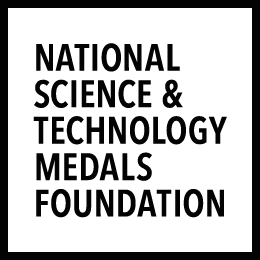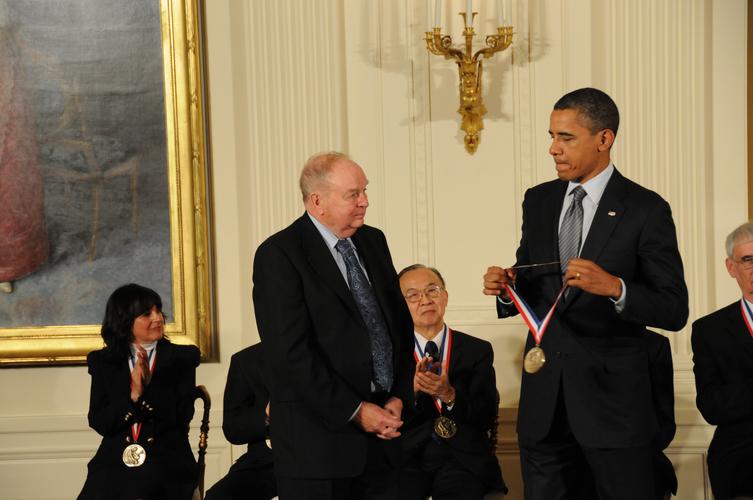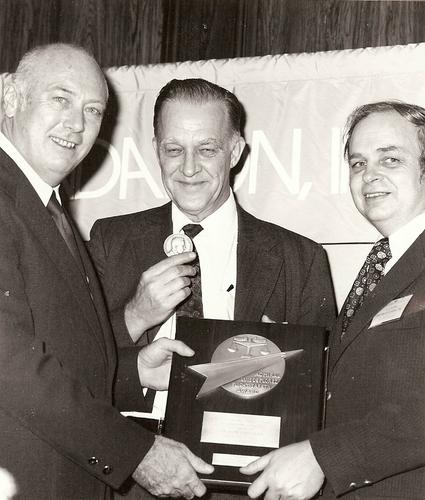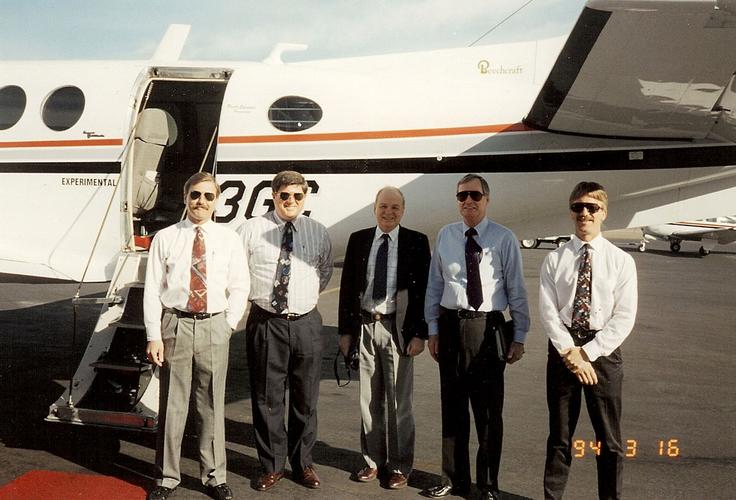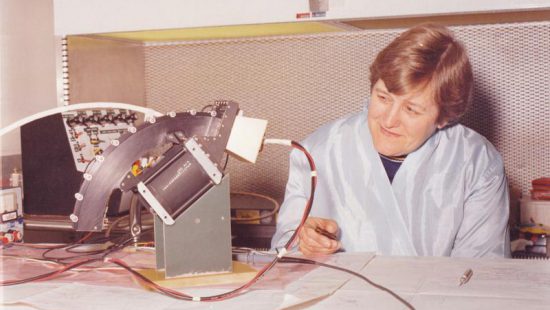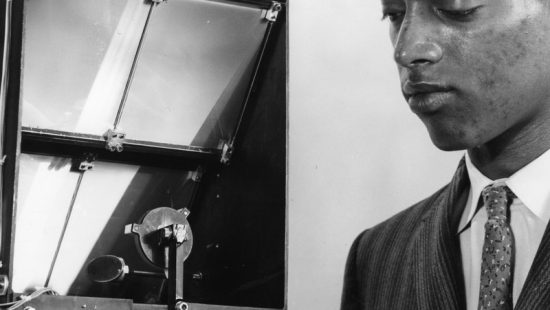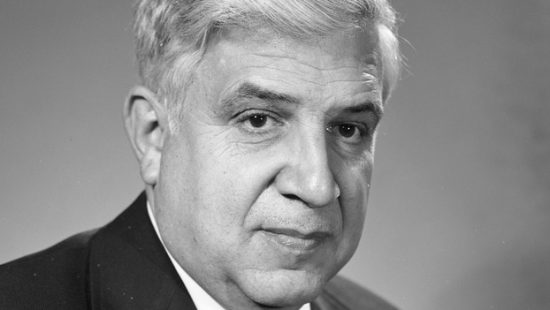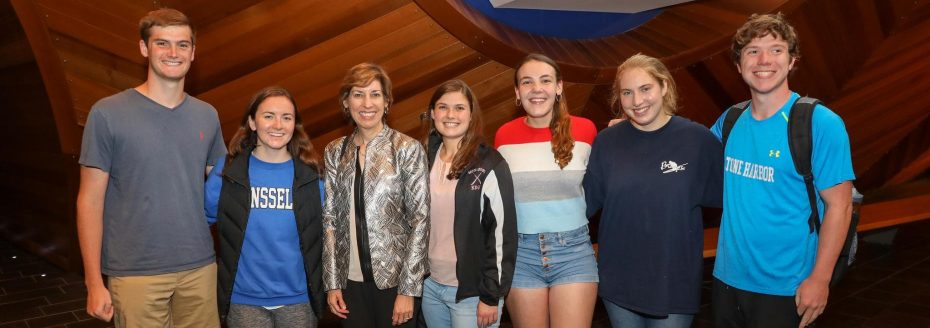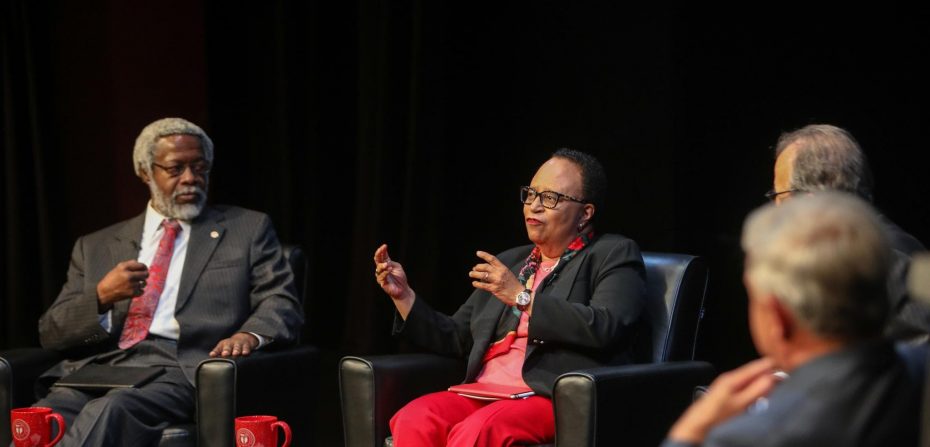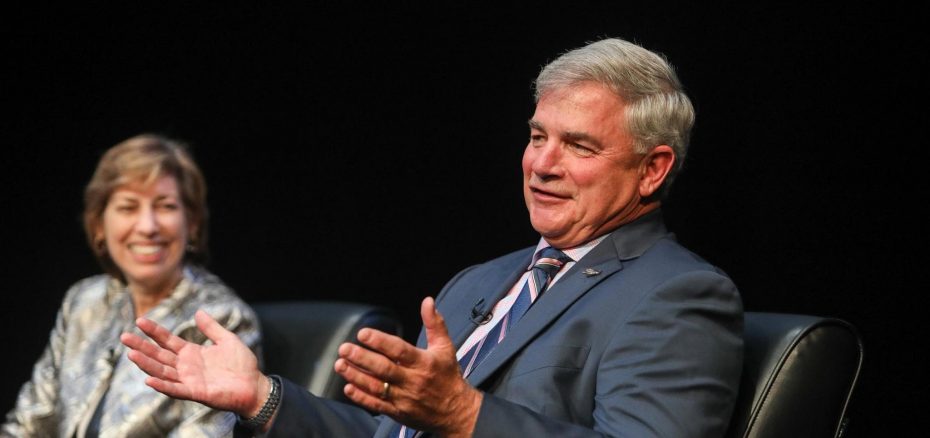If you’ve traveled by plane, you can, in part, thank Donald Bateman for safely getting you to your destination.
Bateman, a chief engineer in flight safety avionics at Honeywell, developed and championed critical flight-safety sensors, like ground proximity warning and wind-shear detection systems, now used by more than 55,000 aircrafts worldwide.
“Back the 1960s, there was almost a fatal accident every month in the United States,” Bateman told the National Science and Technology Medals Foundation. It was “usually at night or in bad weather” and the pilot would “fly into something, like a mountain, or go in short on the runway.”
So, at the end of the Cold War, when new topographical data became available from the Soviets, Bateman and his team integrated it with state-of-the-art technology to map the terrain and construct a system to detect hazardous terrain in the aircraft’s projected path.
And he didn’t stop there. Bateman went on to develop more than 40 U.S. and 80 foreign patents focused on safety systems—from head-up displays to speed control to weight-and-balance and automatic aircraft flight control systems.
“It’s a great achievement for my team and I to work in an industry that keeps improving itself.”
By Sydni Dunn
